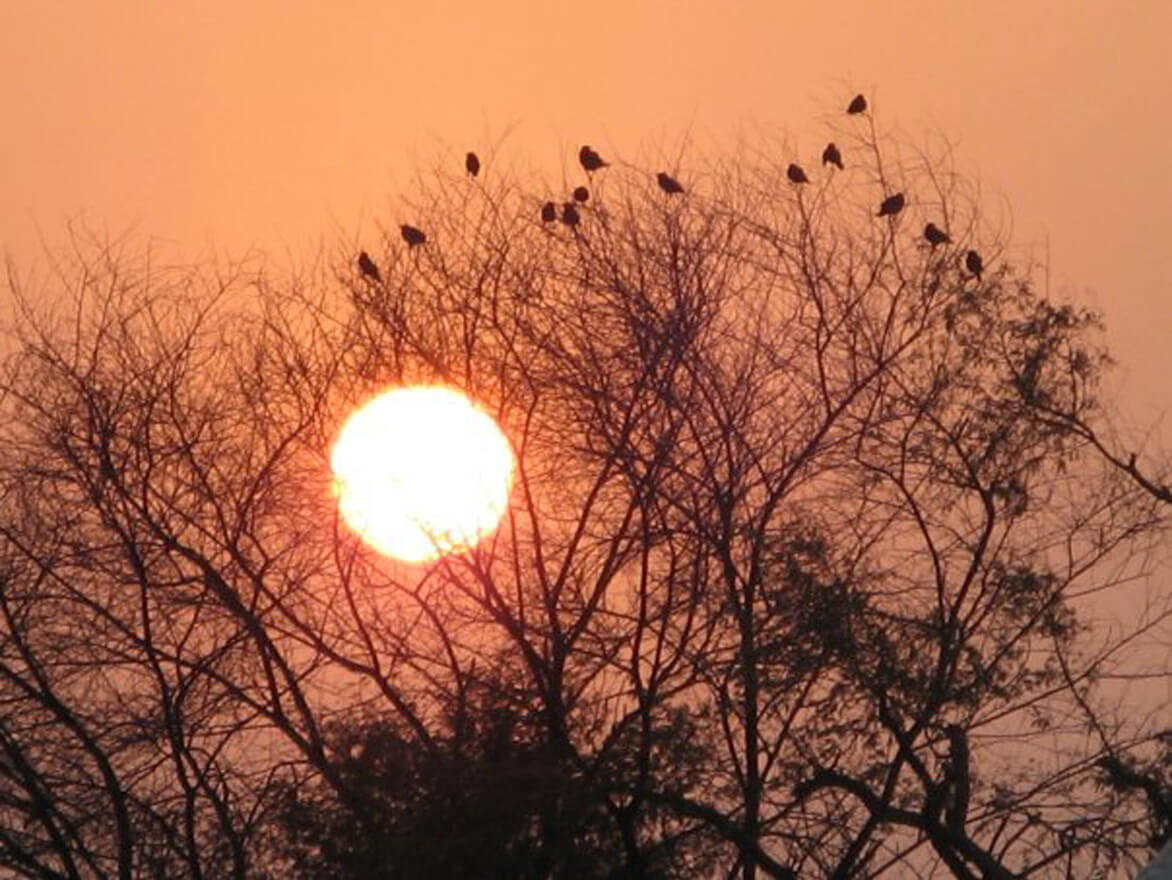The best time for a safari in Rajasthan is October to March when the weather is cool and right. While during summers the temperature can rise up to 50%, and it becomes close to impossible to ride.
The natural climatic conditions in the region are very harsh and extreme. The temperature ranges from below 0°C (32°F) in winter to more than 50°C (122°F) in summer. The summer brings hot waves of air called loo. Annual rainfall is at around 450 to 600 mm. The groundwater is as deep as 200 feet (60m) and in some places, the groundwater is hard and salty. The people in the region depend on rainwater harvesting. The harvested rainwater from the monsoon season (during July and August) is stored in a pucca tank and used throughout the year for drinking purposes.
Bawdis and Johads are traditionally constructed for storing rainfall in this arid region of Rajasthan. The design of Bawdi is unique with a huge width at the top and narrow size at the bottom. The water stored in it is cool and used for drinking purposes.
On average, every third year is dry than usual and very eight-year the region experiences famine.The famine of 1899 is considered to have been the most severe. During famine year, it becomes very difficult for animals to survive, and the cattle population declines drastically.

| Month | Celcius | Fahrenheit | ||
|---|---|---|---|---|
| Avg High | Avg low | Avg High | Avg low | |
| January | 22 C | 9 C | 71 F | 49 F |
| February | 24 C | 12 C | 75 F | 54 F |
| March | 31 C | 17 C | 83 F | 63 F |
| April | 36 C | 23 C | 97 F | 73 F |
| May | 39 C | 27 C | 102 F | 81 F |
| June | 41 C | 29 C | 106 F | 84 F |
| July | 36 C | 28 C | 97 F | 73 F |
| August | 34 C | 26 C | 93 F | 79 F |
| September | 33 C | 24 C | 91 F | 75 F |
| October | 32 C | 20 C | 90 F | 68 F |
| November | 28 C | 15 C | 82 F | 59 F |
| December | 23 C | 11 C | 73 F | 51 F |
